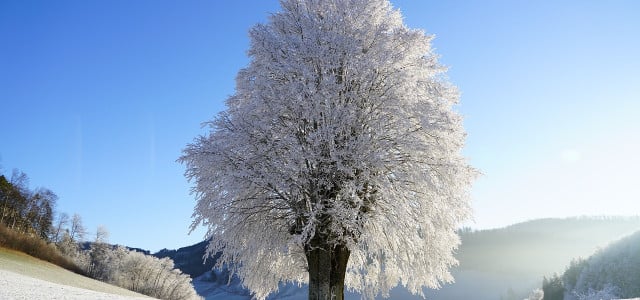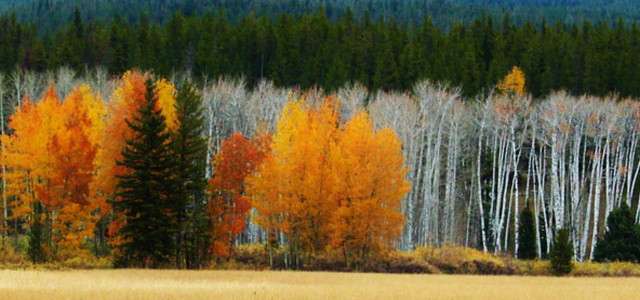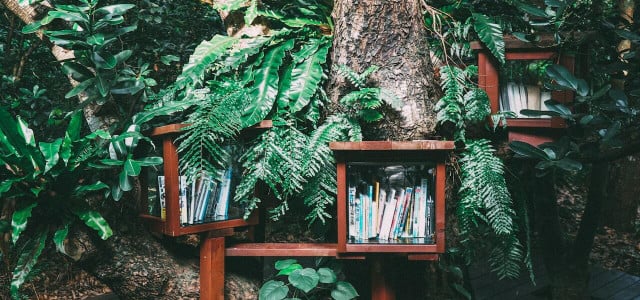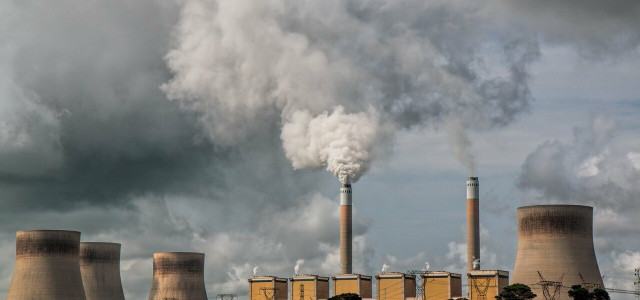Trees are one of the most important parts of the ecosystem, providing oxygen and life. As climate change worsens, the survival of trees in winter is of growing concern.
Trees are highly adaptable species. They can survive in various environments, but they are not impervious to the rapid changes affecting the earth. Global warming is impacting the climate in many ways, and one of those ways is how trees grow. It is highly unusual for a tree to freeze to death in winter, yet colder and hotter seasons bring them closer to mortality risk.
This has led many to question what keeps the tree alive and what happens to trees in winter. In this article, we will discuss the answer to these questions and what the consequences of global warming are for trees.
The Life Cycle of a Tree
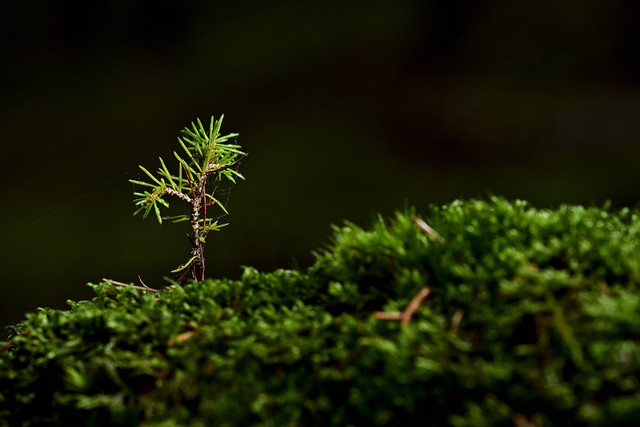


To understand the effect of climate change on trees in winter, we need to step back and look at a tree’s life cycle. Climate change is happening, and our planet is feeling the effects. As a result, the life cycle of trees is shrinking. Recent studies show tree mortality has increased rapidly over the last decade. This is a complicated issue that will only become more complicated in the future.
Though the life cycle of a tree is complex, it is still possible to understand what is happening. The life cycle of a tree is a process that takes approximately 10-20 years. Many factors contribute to a tree’s life – the climate, the type of soil, the amount of sunlight, and the number of nutrients in the ground all play a role in the life of a tree, as well as how long the tree will live. The life of a tree can be broken up into the following stages:
- Germination: The first stage begins when the tree is planted. Also known as the embryogenic phase, it is where the tree’s seed first starts to grow and develop. The transformation from a seed to a tree is a long process, and the tree must acclimate to the soil. The tree will germinate once it has a distinct root system. It is important to note that the seeds of some trees will not germinate until they are planted in the soil for a significant period. Eucalyptus trees, for example, can germinate after being buried in the soil for up to four years.
- Growth: The second stage of the life cycle is when the tree reaches maturity, where the tree’s stem starts to form, and the roots begin to grow. To thrive, a tree needs to be planted in the correct type of soil. It takes a long time for a tree to grow and a lot of care to ensure it grows in the right conditions.
- Reproduction: The following stage is when the tree flowers and produces seeds. This includes pollution, dissemination, and regrowth. Reproduction is the key to the life cycle of a tree, and it is vital in determining long-term survival.
- Death: The life cycle concludes with a tree’s death and a new tree’s reproduction. This is a natural process that all living things go through.
However, this cycle may be cut short due to environmental factors such as drought, pests, and diseases.
How Climate Change Affects Tree Mortality
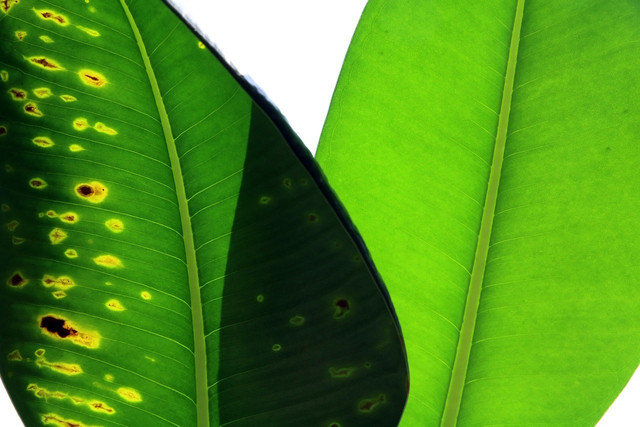


The environmental factors that affect the life cycle of a tree can be broken down into three categories. These are:
- Climate
- Amount of sunlight
- Presence of predators
Climate factors such as soil condition, water, and the amount of sunlight are changing how often a tree can grow. Recent research on tree mortality suggests that there will be a shift in the cause of death. For instance, disease and pests have been the most prevalent causes of death in the last few years. However, in the future, the timing and severity of winter will become an increasingly significant factor.
Climate Change and Colder Winters
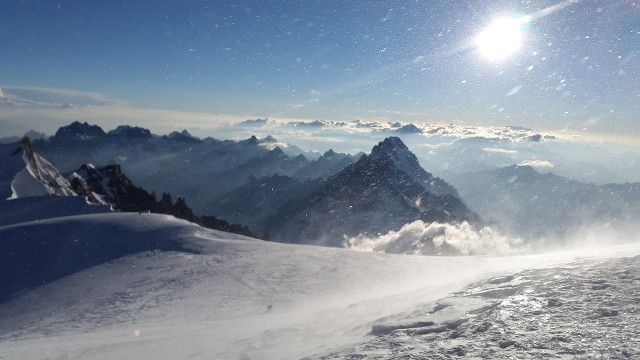


Most of us can understand how climate change makes summers warmer. The greenhouse effect raises the temperature of the earth, inducing global warming. But how does this affect trees in winter?
A polar vortex is seen at both ends of the Earth’s poles. It is a large area of cold air and low pressure that flows at each end. Usually, when a polar vortex remains stable, it distributes cold air upwards, keeping the pole ends cold – but this is not always the case. Disruptions can change the flow of cold air. During winter, an unstable vortex can expand, sending cold air downwards to the countries in the Northern Hemisphere, such as the United States. This causes arctic and extreme weather conditions.
Scientists hypothesize that ice loss caused by increased temperatures can influence a vortex. When ice melts, it can change the temperature and pressure in the atmosphere. This may throw the vortex off the kilt, leading to instability.
What Effects a Tree’s Survival?



As temperatures get rapidly colder, trees can struggle to adapt. But this is not a simple process, and several factors affect survival and the severity of a tree’s condition:
- Adaptability: Trees can build their tolerance to cold over time. Many trees have biological mechanisms for mitigating cold temperatures. For instance, they break down fatty acids (lipids) within their cells, pushing water out before the cells freeze. However, the way water moves within a cell and how responsive a tree is to a cold climate inevitably comes down to species. For example, taller trees have more coverage and face less exposure than smaller species. Likewise, as we will discuss, broadleaf and deciduous trees (trees whose leaves fall off in winter) aren’t as adapted to colder climates.
- Lack of water: Broadleaf trees are particularly susceptible to water loss. Their leaves are more prominent and have less protection. In comparison, conifers have needles instead of leaves. They are smaller, so they lose less water and can sustain themselves for longer. However, as their needles mature, they, too, lose this ability. This is seen frequently in species such as larch and tamarack trees.
- Capillary action: This process brings water from the roots of a tree up to its leaves and branches. Broadleaf trees struggle more than other trees to perform this task in winter. When ice forms, their roots are damaged, and they must regrow their cells to resume water movement.
- Cell death: Without water, cells die, and without leaves to absorb water, tissue death soon follows. Although conifers are less susceptible to ice, they, too, can suffer if they have lost too many needles to fight water loss.
- Cracking: Trees with thin barks, such as birch, cherry, and hardwood, rapidly lose heat on their exterior layers when temperatures drop. As water is attracted inwards towards the tissues, they become vulnerable to rapid freezing. Ice forms on the cell walls and bursts open. When spring returns, the exposed tissue dries out, leaving cracks in the bark.
Among other things, trees can also be damaged by high winds, snow weight, and storm breakage. All these factors have knock-on effects on the lifespan of the tree. Damage to their cells eventually accumulates and reduces their survival ability.
Ideas and Solutions to Keep Trees Alive in Winter
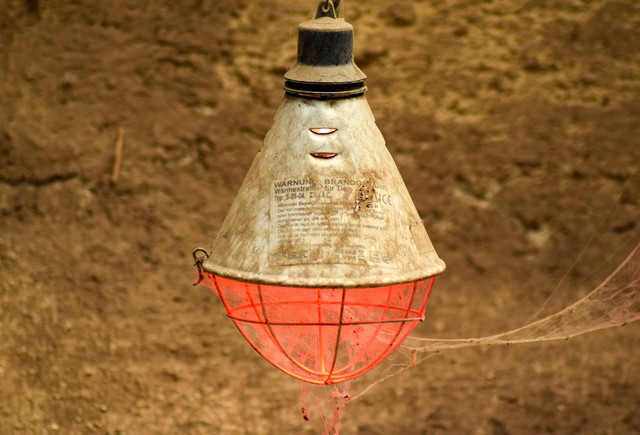


If you live in a colder climate, you’ll have to get creative to keep your trees alive. Here are some ideas for keeping trees in winter alive:
- Place your trees in a container: Younger and tender trees, such as olive, fruit, and citrus, are the most vulnerable to root damage in winter. A container helps to keep the roots warmer and prevent freezing. Terracotta frost-resistant pots are a good choice. However, you must keep the soil moist as these pots dry out the soil quickly.
- Use a heat mat: This is best for helping trees to propagate. Cold weather can disrupt the germination process of tree seedlings. Heat mats ensure the temperature of the soil is consistent for growth.
- Place a heating lamp: These infrared light sources generate heat for plants. They differ from grow lamps as they do not simulate light, only heat energy.
- Place a heating blanket: These are frost-resistant fleeces that protect trees against the cold. They can be electrically powered to provide insulation and prevent water from freezing as it is transposed from the roots.
- Solar barriers: This is a good choice for fruit trees and those with thin barks. You wrap a Burbank sack or sun defender around the tree’s trunk. This prevents the cycles of rapid heating and cooling during the day and night hours responsible for cracking.
While these methods can help protect against cold, it’s essential also to understand that the underlying cause of colder temperatures is climate change. By joining the fight against pollution and global warming, you help protect trees in winter and trees as a whole.
Tips and Takeaways on Trees in Winter
The climate change impact on trees in winter is growing more apparent, but not all trees suffer in the same way or to the same extent. Before determining which action to take, it is worth learning about the tolerance and adaptability of different species around your home.
As a guide, researchers suggest that trees are best adapted to the temperatures of their native climate. For instance, tropical and those not native to America will likely struggle more in winter and need more care. However, even native species encounter trouble if temperatures drop out of the seasonal norm. Taking the necessary precautions to help trees survive in winter is vital.
Read on:
- Forest Conservation: Definition & 7 Impactful Methods
- Endangered Trees: 10 At-Risk Species
- Rights of Nature: Global Movement, Legal Status & Potential
Do you like this post?






